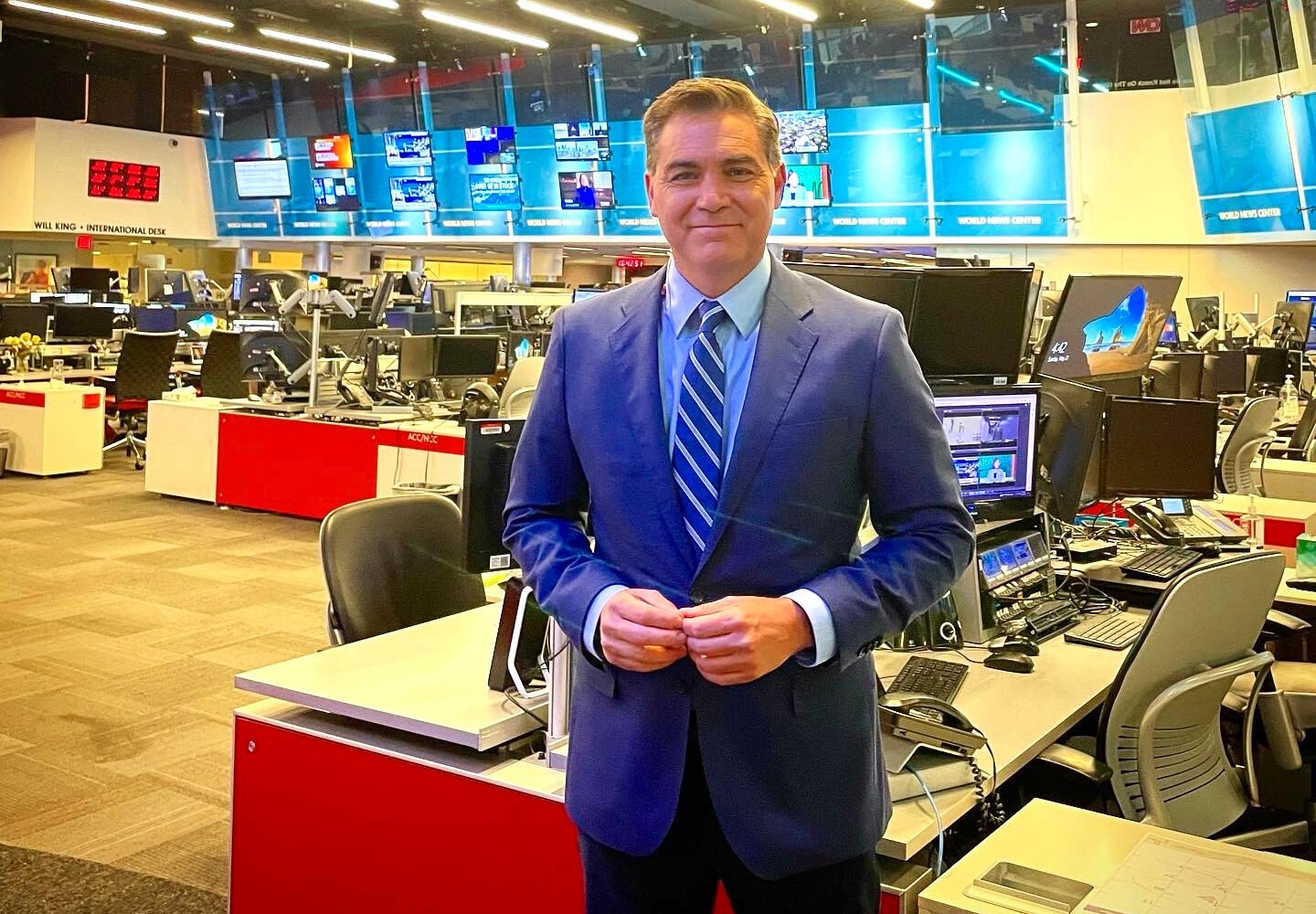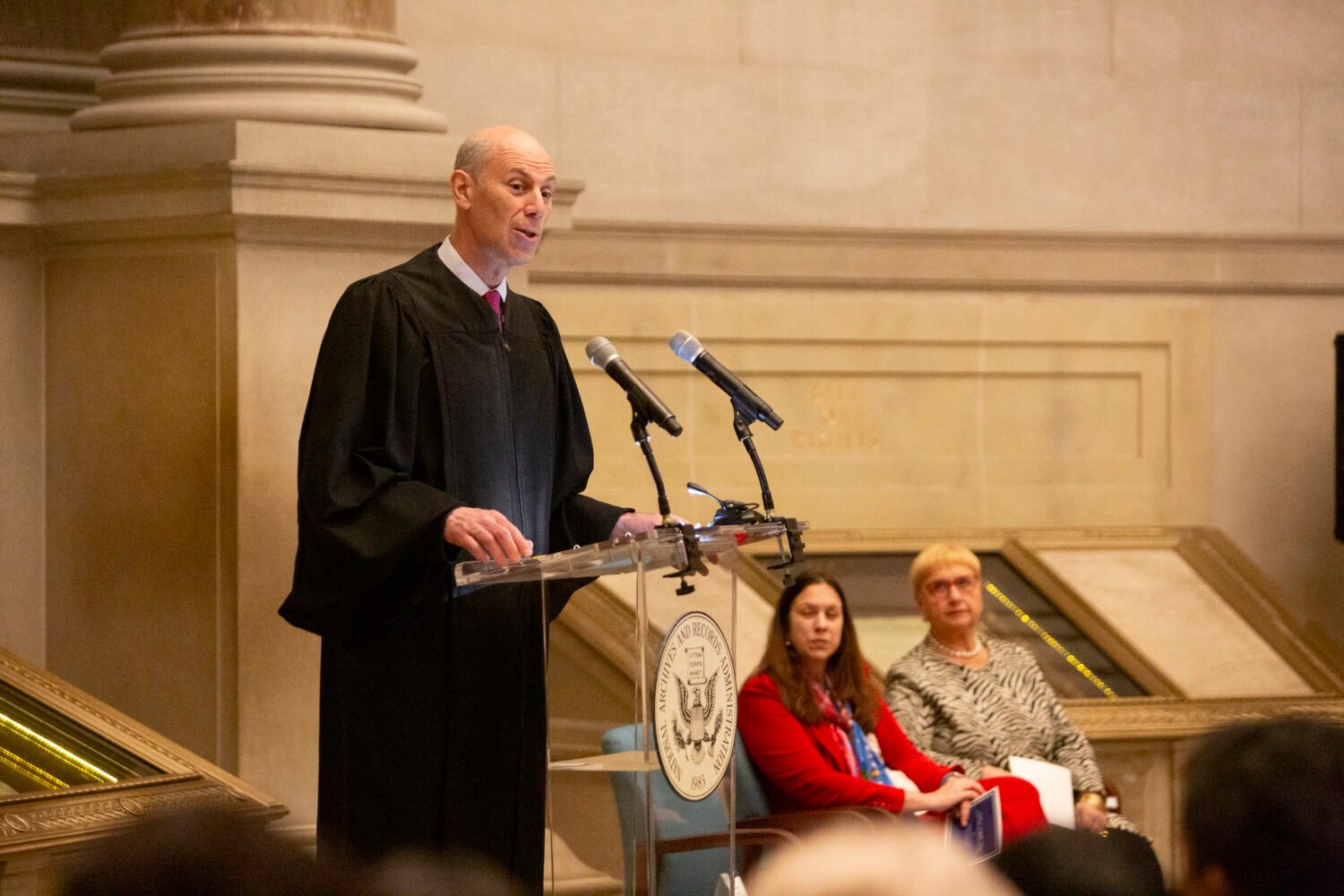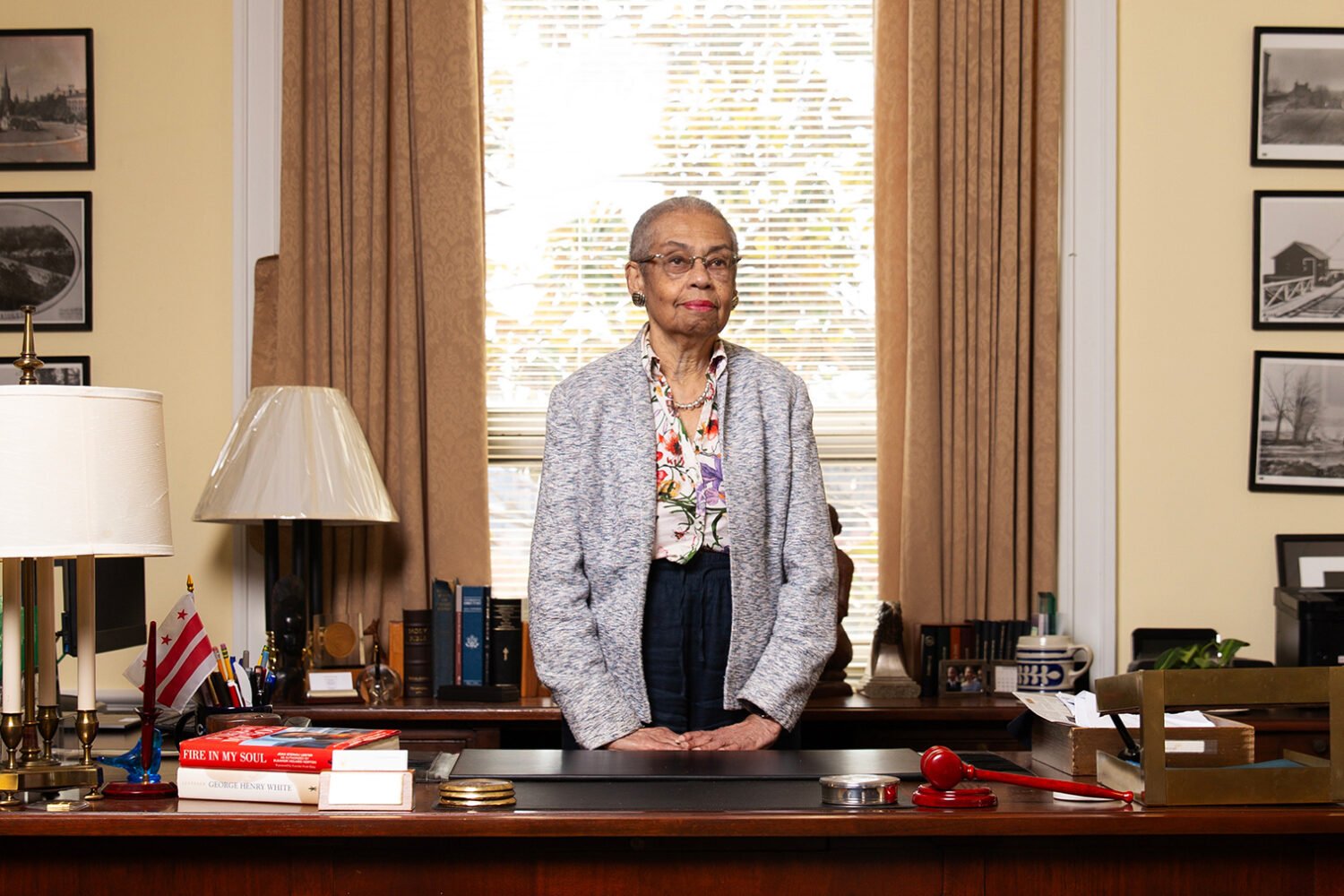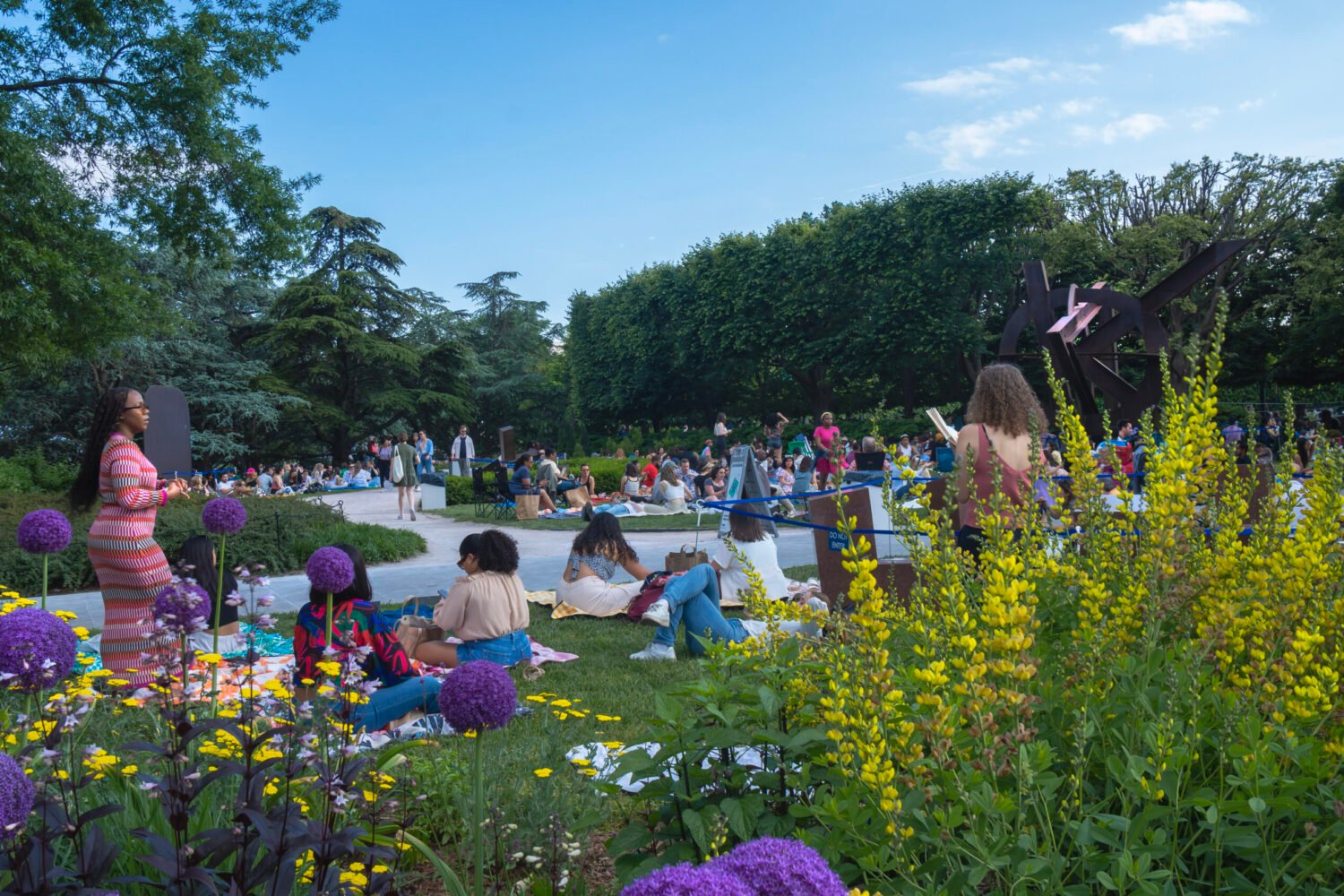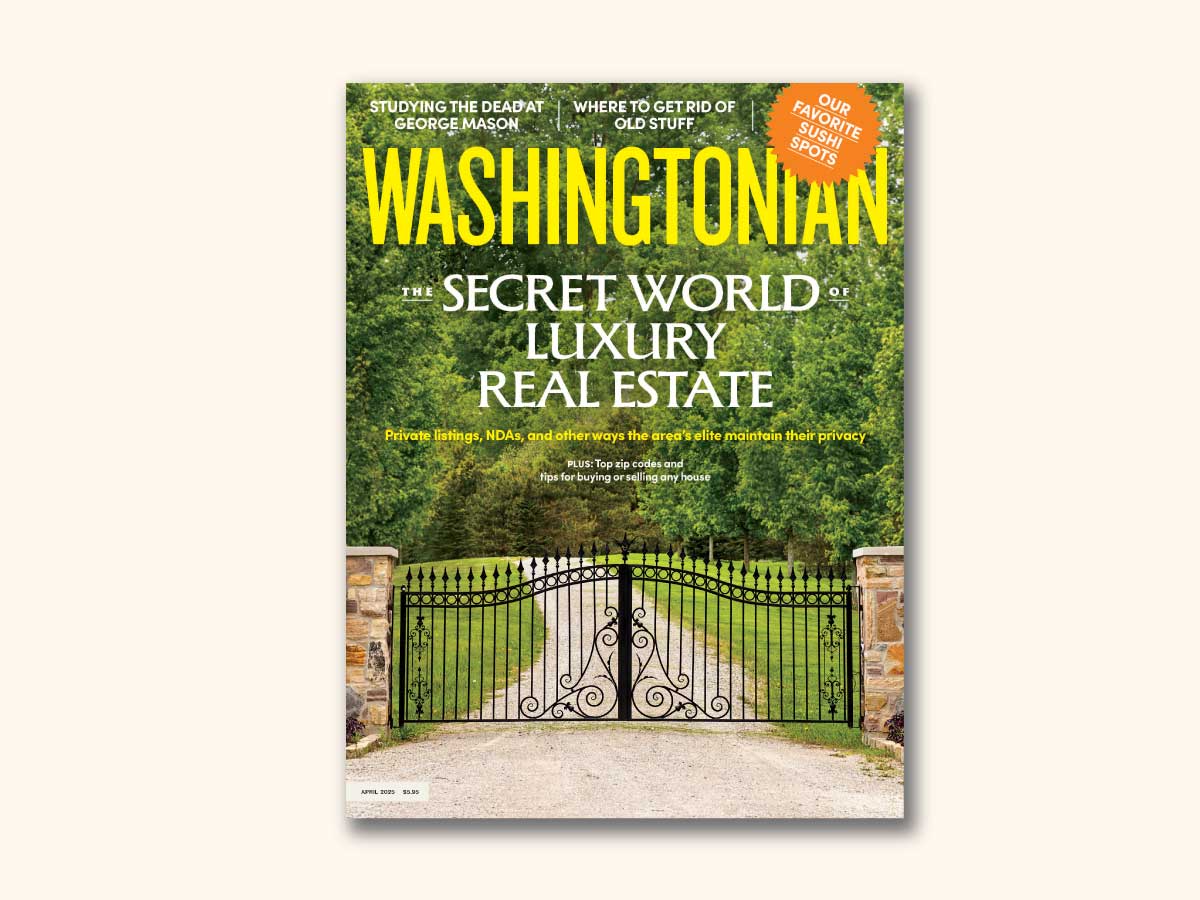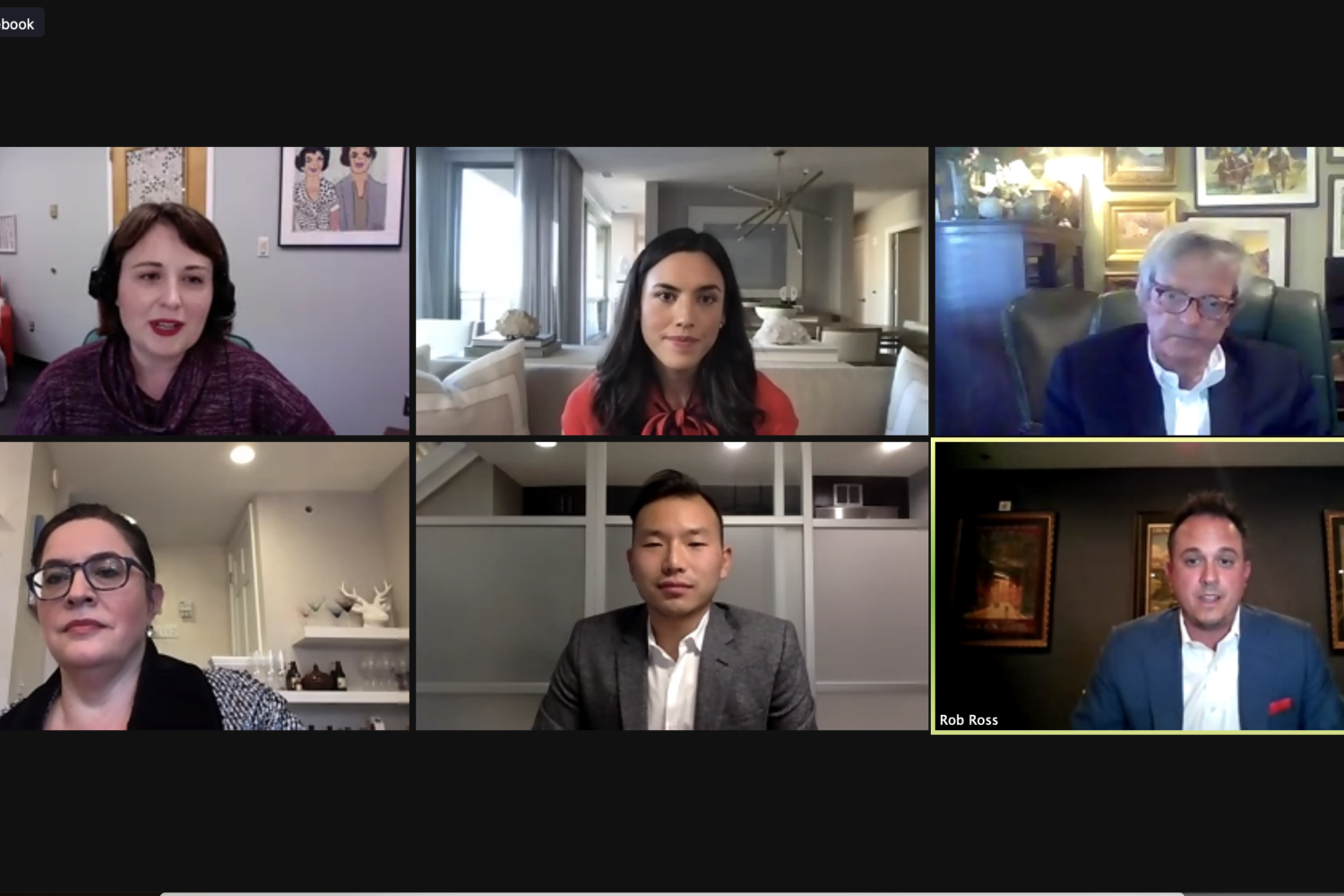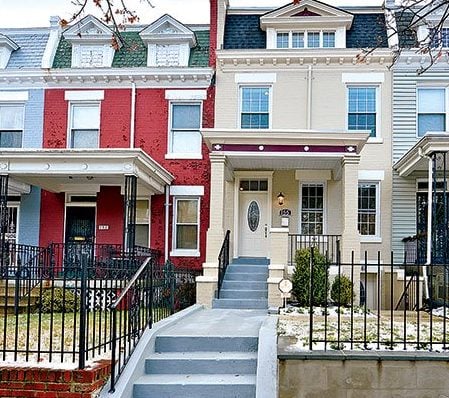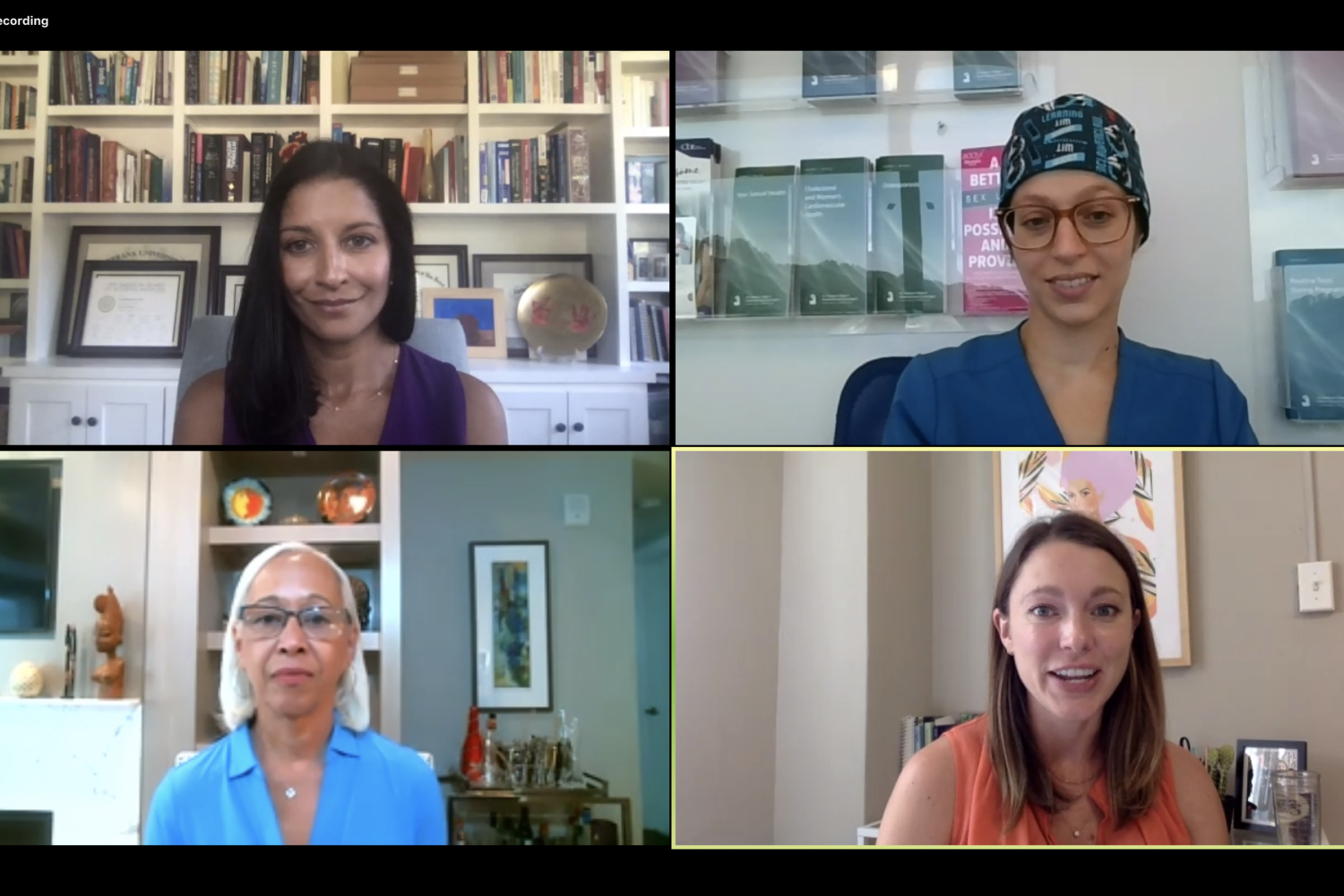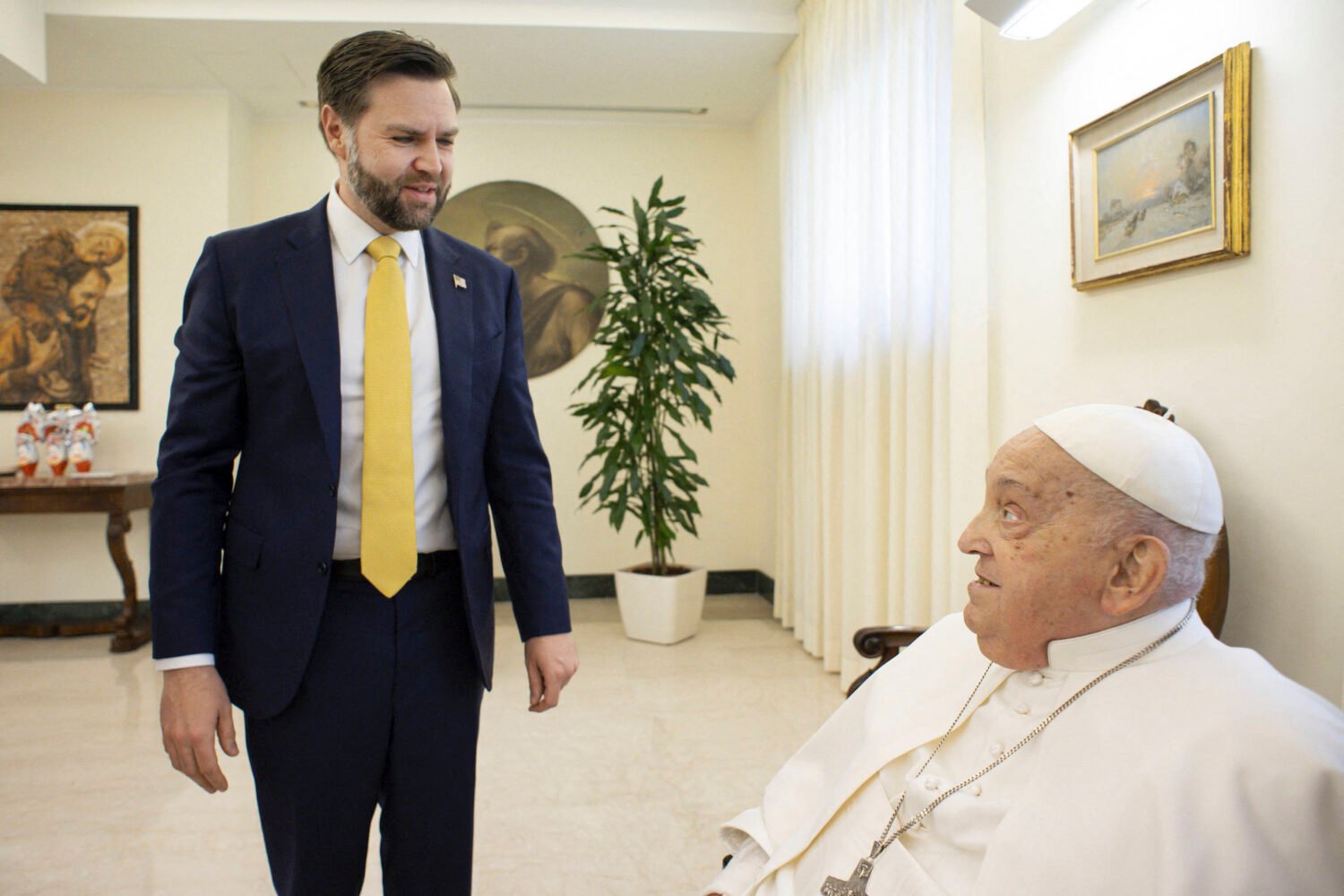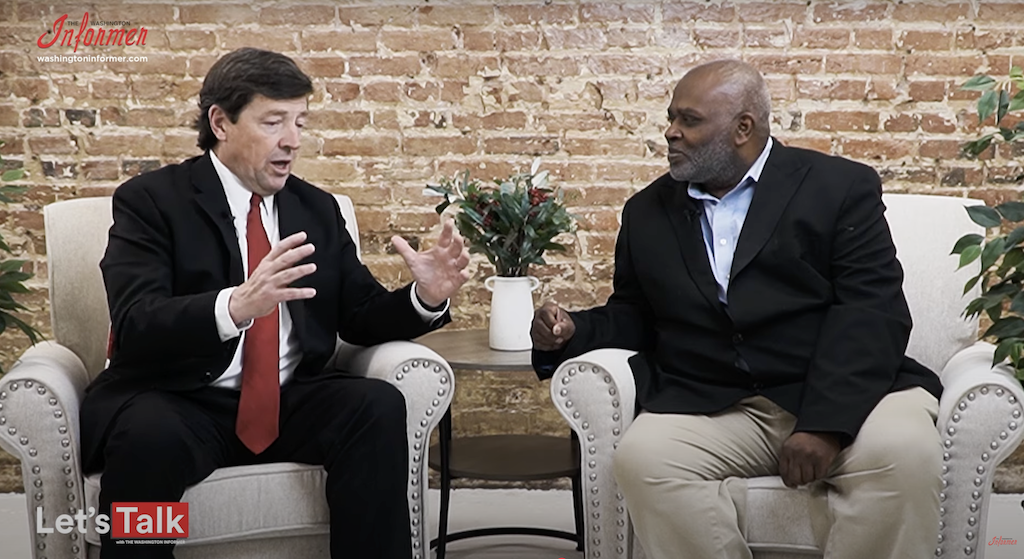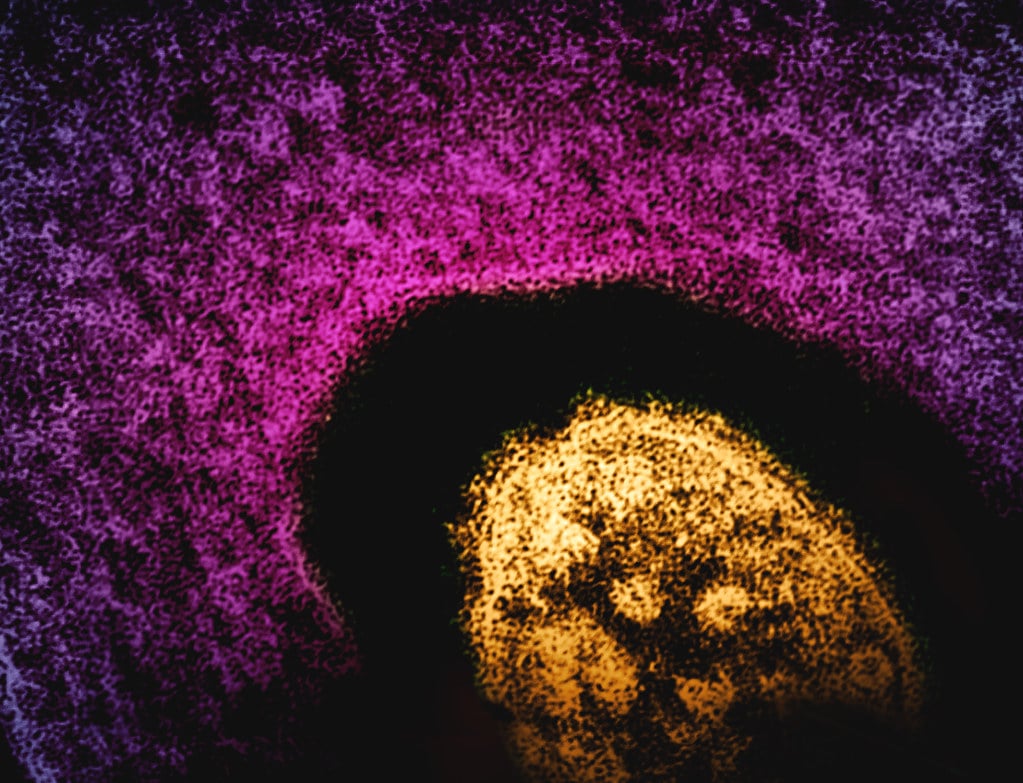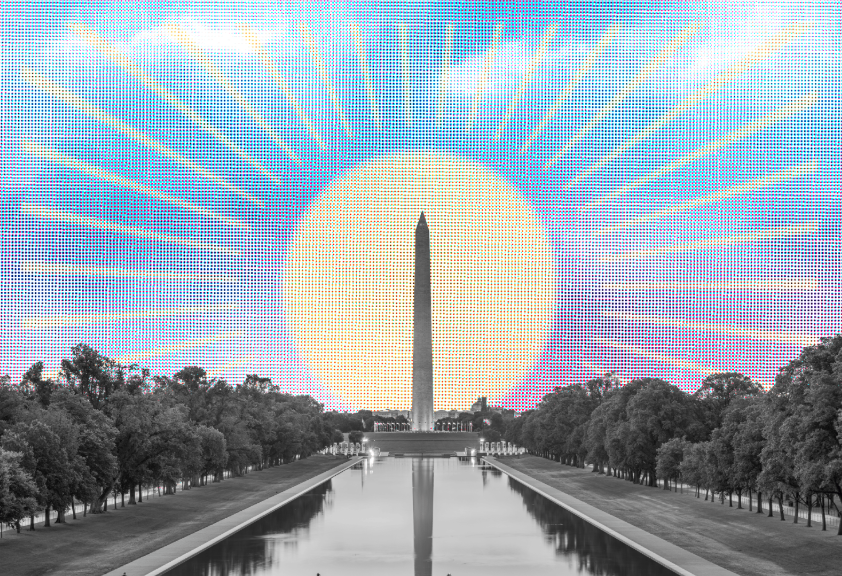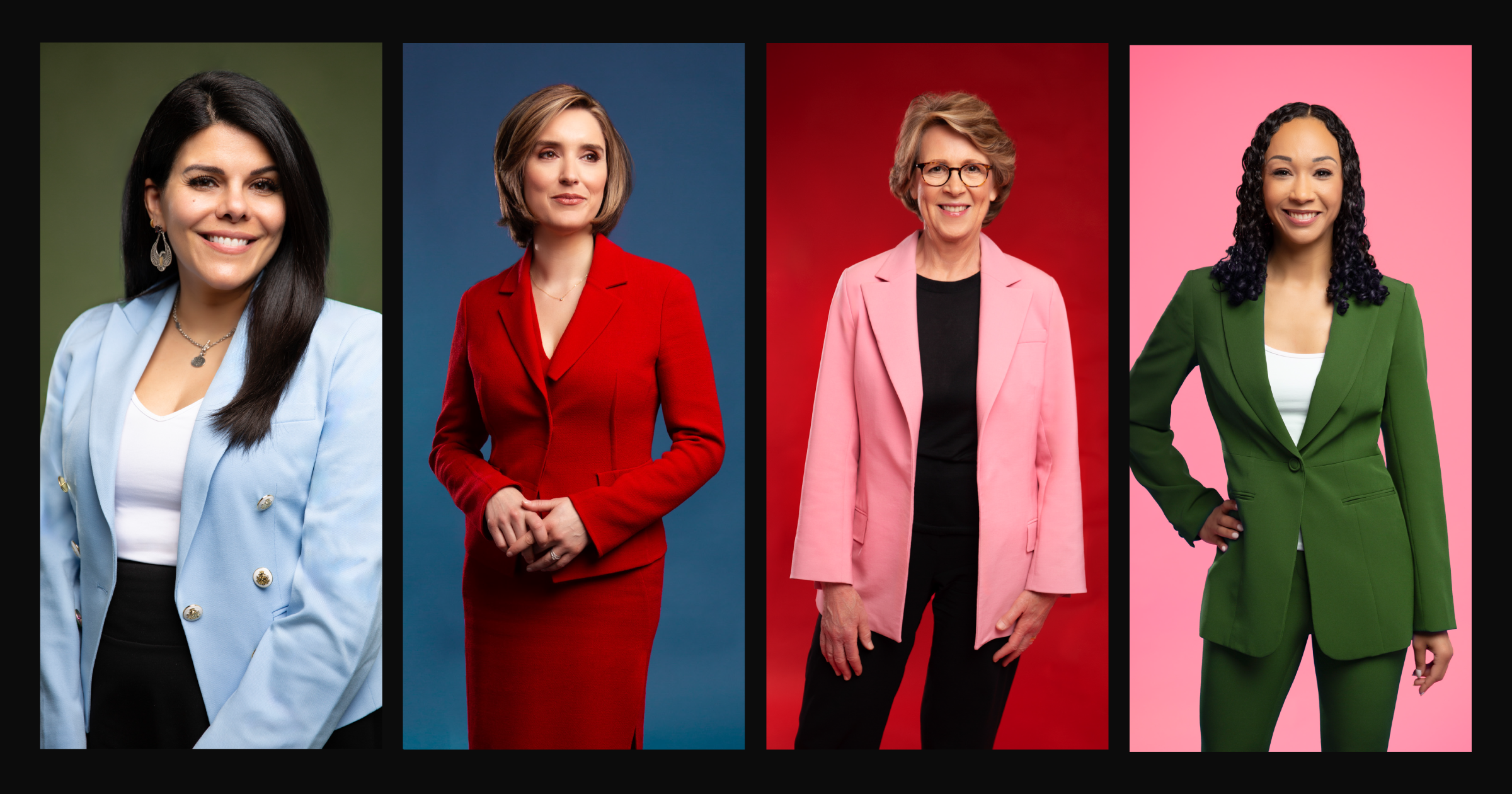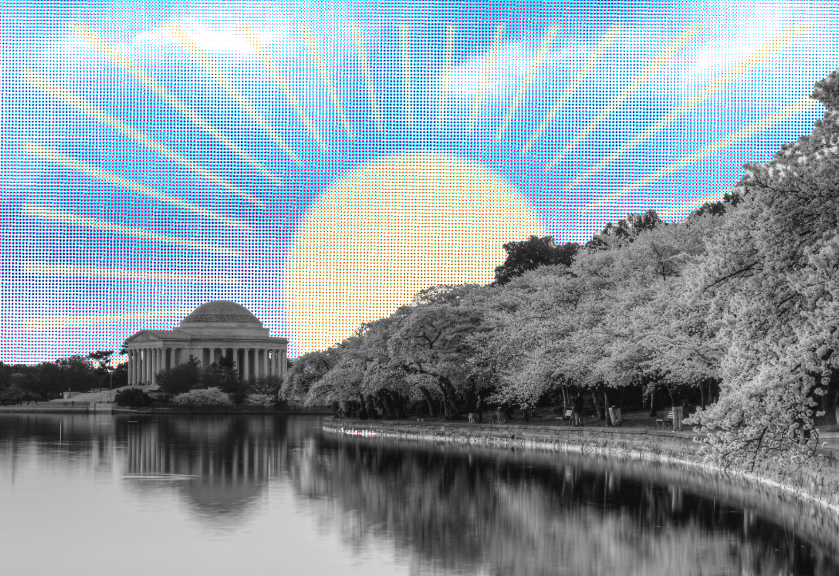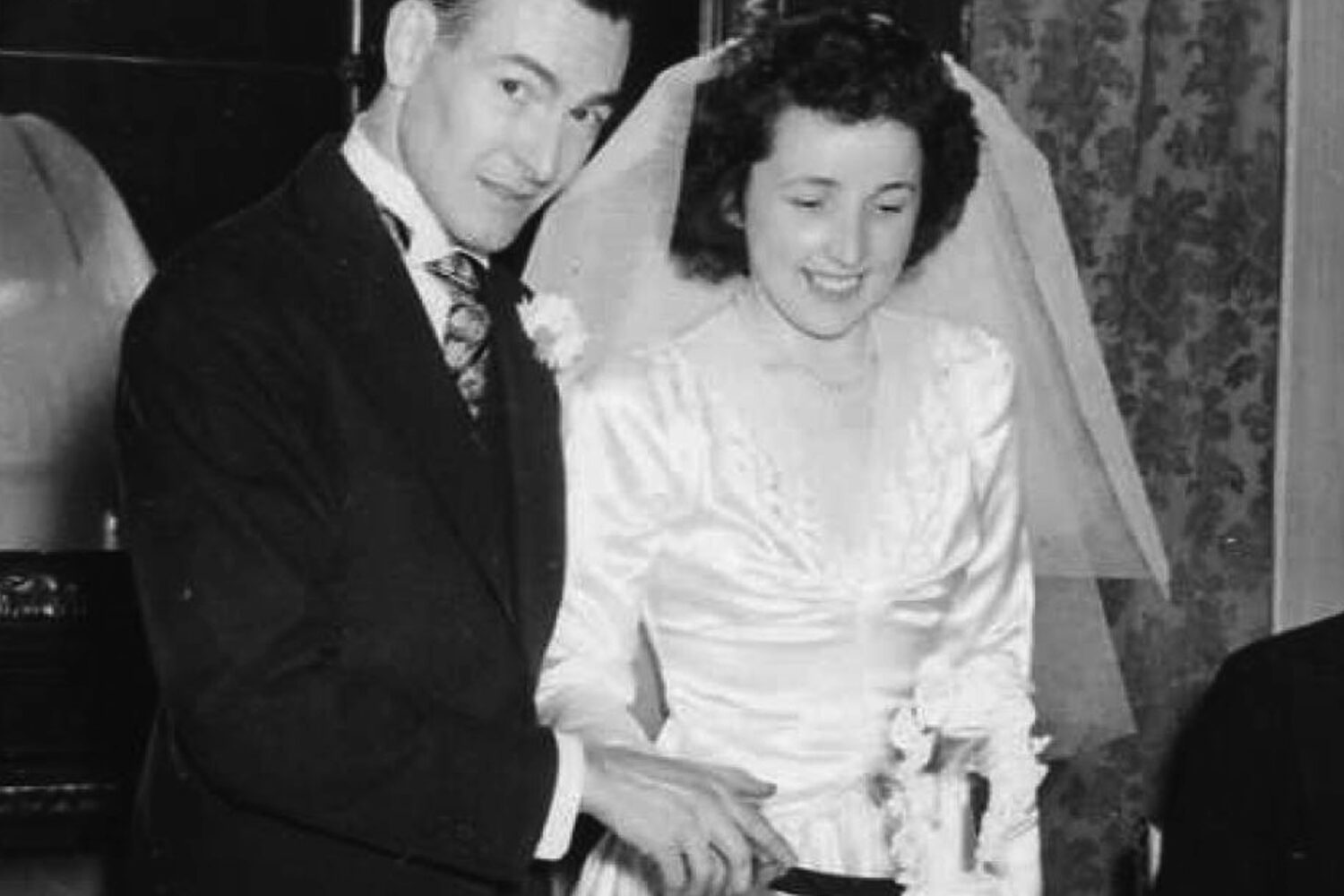Many District residents believe that DC is worthy of becoming the 51st state on its own. Ever since the DC Statehood Green Party was created 40 years ago, they’ve dreamed of it.
And they’ll probably still be dreaming of it 40 years from now. Congress would have to approve making DC a state, and it’s not at all likely. In 1993—with statehood advocates Bill Clinton and Al Gore in the White House and Democrats in control of Congress—the only statehood bill ever to reach a vote in the House was thumped 277 to 153. Tom DeLay, who led the opposition, painted the District as a “liberal bastion of crime and corruption.” Republicans didn’t want to give two very valuable votes in the Senate and one in the House to the solidly Democratic DC.
The 107 House Democrats who opposed the bill said that the District—which is about half the size of Queens, New York, and holds fewer people than every state but Wyoming—was too small to merit two senators. More than one noted that Maryland ceded land to DC in 1788 to create the federal city.
“Give it back to Maryland,” they said.
Maryland might not be in a rush to accept DC’s poverty rate and troubled school system when it faces similar challenges in Baltimore. But what if Northern Virginia were given statehood on the condition that its boundaries include the District?
Not long ago, Northern Virginia’s relative conservatism made such a merger unthinkable. Richard Nixon won Arlington twice, Ronald Reagan once. In the 1980s, social conservatives held sway and fought to ban books—including The Adventures of Huckleberry Finn from a middle school named after Mark Twain.
Arlington and Alexandria now are more urban and liberal. Both vote Democratic in numbers that, while short of DC’s, nearly match those of the liberal San Francisco suburb of Marin County.
Fairfax Democrat Leslie Byrne says that when she first ran for the General Assembly in 1985, “it was a big issue that I was pro-choice. Now it’s a big issue if a candidate is not pro-choice.”
Democratic presidential candidate John Kerry won Fairfax in 2004, with many Dulles-corridor precincts tipping from red to blue. This year, political observers say, the county is likely to go Democratic again. “It’s in the bank,” says Robert Lang of Virginia Tech’s Metropolitan Institute, with Democrats likely to win two-thirds of the vote.
A combined DC and Northern Virginia would be one of the country’s most diverse states. With whites making up 66 percent of the new state’s population, it would look like Maryland (64 percent white). It would have a smaller percentage of blacks (21 percent versus 29 percent in Maryland) but a bigger share of Hispanics (12 percent versus 6 percent in Maryland) and Asians (10 percent versus 5 percent in Maryland).
DC and Northern Virginia officials both know what it’s like to run a government from a straitjacket. Congress controls the District in much the same way Richmond keeps Northern Virginia under its thumb. That experience might prompt lawmakers for the new state to give DC the autonomy it’ll never get from Congress.
This article first appeared in the November 2008 issue of The Washingtonian. For more articles like it, click here.
→ All Northern Virginia Articles
→ Should the New State Include DC?
→ Will Northern Virginia Become the 51st State?
→ We Draw the Borders of the 51st State
→ New Dominion of the Imagination


